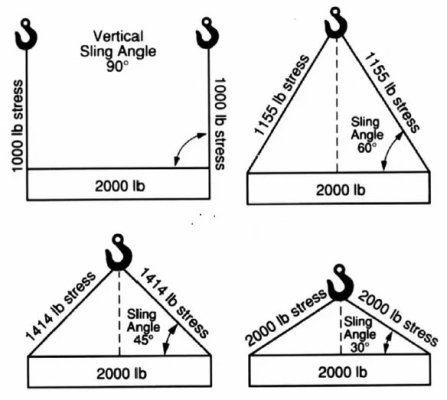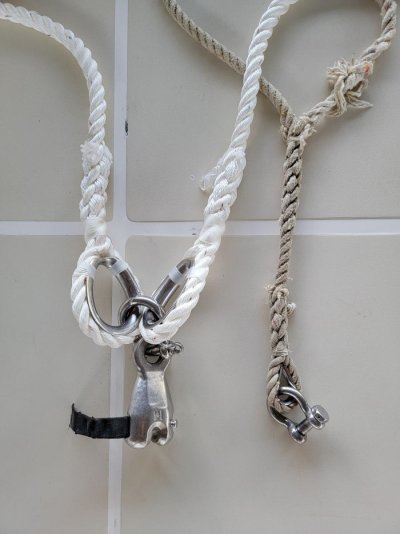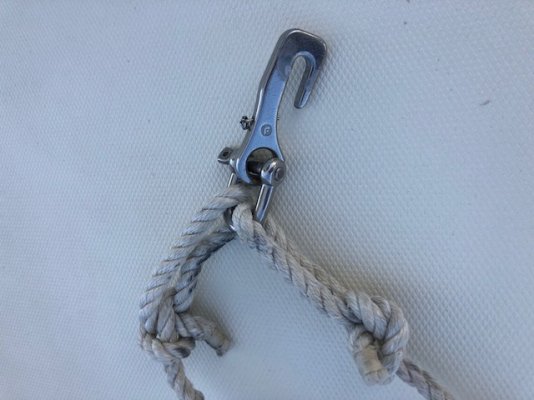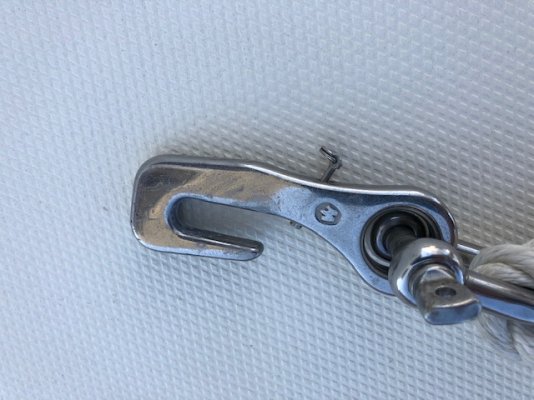O C Diver
Guru
- Joined
- Dec 16, 2010
- Messages
- 12,867
- Location
- USA
- Vessel Name
- Slow Hand
- Vessel Make
- Cherubini Independence 45
Sorry you had bad luck with the chain hook. With 50 deployments of this snubber, I have yet to have the hook come off. I attribute that to a large loop from the chain hook to the bow roller (hanging down atleast 10') and bringing the loop back to the hawse pipe before going to the roller (post #45 picture #5). IMO, people who have had problems with chain hooks don't have enough slack loop in the chain between the chain hook and roller, and allow the chain from the bow roller to rub against the chain hook. Understand that a chain hook is secure by being under tension, thus the need for a big loop of chain between the bow roller and hook. My unsubstantiated assumption is that failures occur when the chain from the bow roller rubs and eventually trips the chain hook. Securing the chain back to the hawse pipe eliminates that rubbing. When properly deployed, the chain comes from the anchor to the chain hook, and then to the loop. If the chain loop crosses over the chain going to the anchor it needs to be rectified by pulling up the other end of the loop until the chain isn't twisted. Then drop the loop and it will remain untwisted if setup in picture 5.
Regarding the length question, I only have about 4" between the splices.
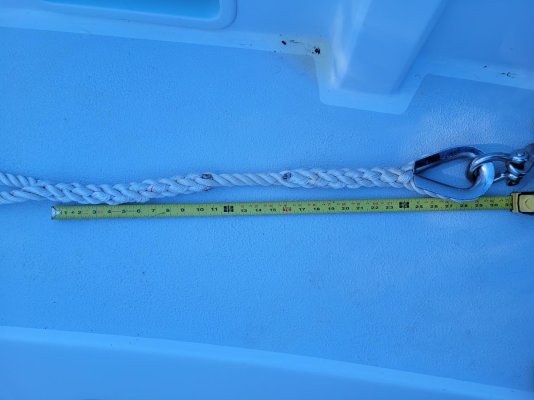
I keep going back and forth on whether to lengthen to 16" or not. While having more single line stretch is a good thing, my boat (maybe most boats) doesn't pull uniformly on both lines as it always wonders to some degree. So in essence, I get stretch on one or the other line from the hawse pipes. Further, with a chain rode, you get some degree of snubbing effect lifting the chain off the seabed as the slack is pulled out. I find some advantage to being able to see the chain hook at the surface in calm deployments.
If I were making your snubber, I would allow 4' from the splice to the end of the line. After making the splice, I would carry it down to the boat and set it through the hawse pipes. Ideally adjust the length until the junction splice isn't touching the leading edge of the bow (mine touches which annoys me). Then decide whether you want the hook near the surface or not. If you splice it without shortening it, you can always shorten it and resplice it later.
If you make another one, I might go 5/8" line. 1/2" on a 40' boat in a hard blow would make me nervous.
Ted
Regarding the length question, I only have about 4" between the splices.

I keep going back and forth on whether to lengthen to 16" or not. While having more single line stretch is a good thing, my boat (maybe most boats) doesn't pull uniformly on both lines as it always wonders to some degree. So in essence, I get stretch on one or the other line from the hawse pipes. Further, with a chain rode, you get some degree of snubbing effect lifting the chain off the seabed as the slack is pulled out. I find some advantage to being able to see the chain hook at the surface in calm deployments.
If I were making your snubber, I would allow 4' from the splice to the end of the line. After making the splice, I would carry it down to the boat and set it through the hawse pipes. Ideally adjust the length until the junction splice isn't touching the leading edge of the bow (mine touches which annoys me). Then decide whether you want the hook near the surface or not. If you splice it without shortening it, you can always shorten it and resplice it later.
If you make another one, I might go 5/8" line. 1/2" on a 40' boat in a hard blow would make me nervous.
Ted
Last edited:

